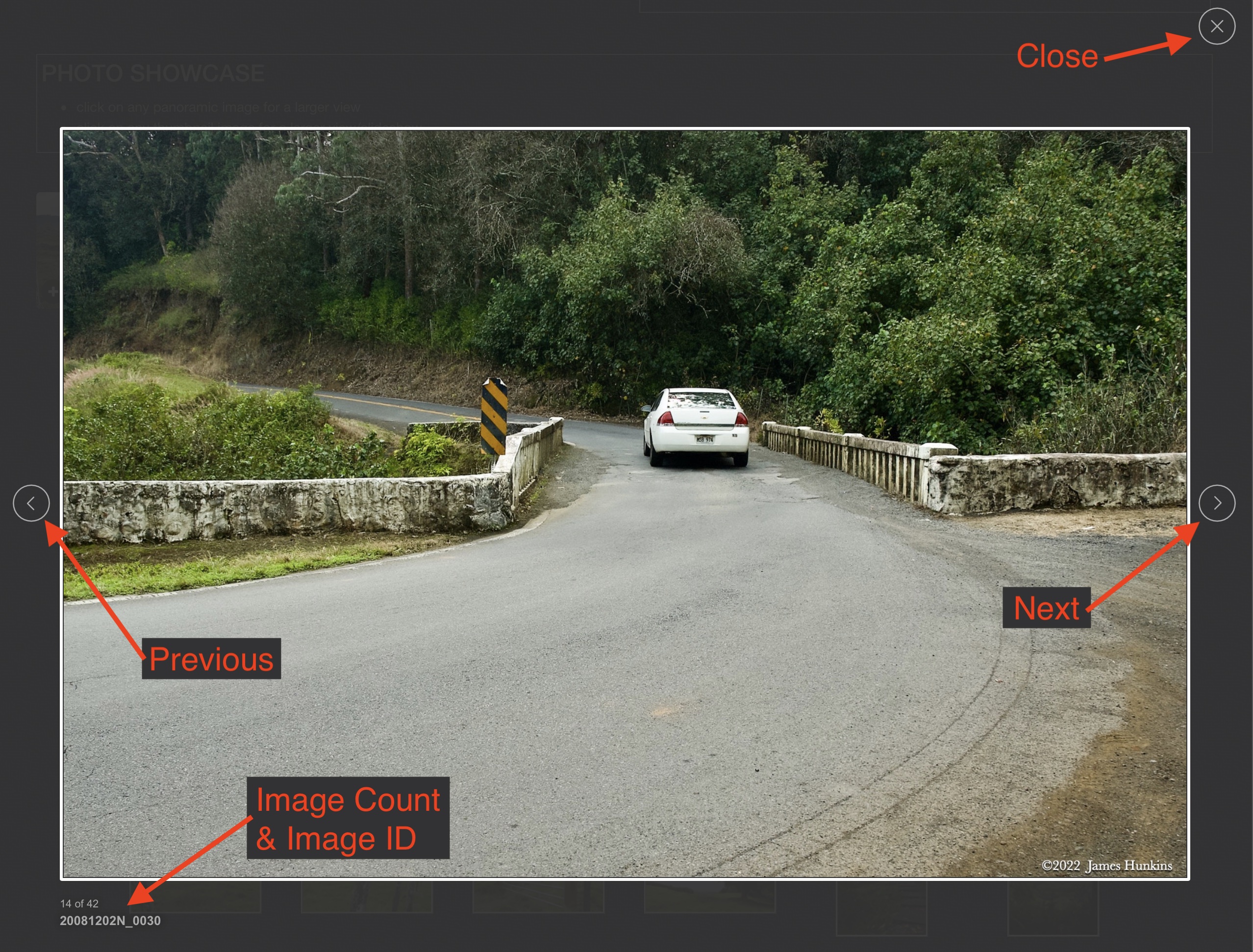Namibia 2021
THE DARK SKIES OF KALAHARI
DAY 3b : SUNDAY AUGUST 30, 2021
I wanted to do a separate page for this set of photos as I feel that they will be something that very few people have experienced.
It turns out that the NamibRand Nature Reserve lies in one of the naturally darkest but accessible places on Earth. The lack of light pollution of any type has earned it the status of a Gold Tier International Dark Sky Reserve which is granted by the International Dark Sky Association.
Many people have seen the milky way reaching across the night sky when they get away from city lights or even better get up into mountains. However, it turns out that there is even more color and wondrous numbers of stars in the night sky than can be seen in most places. The dark sky nature of this preserve allows one to really view the night sky in all its glory.
I had brought my tripod and was able to take advantage of my new Nikon’s very sensitive sensor. With the help of our local guide we took a lot of photos, experimenting to see what we could record with the intent of capturing the splendor as accurately as possible.
To be honest, since the trip I have learned a lot about better ways to do this (looking forward to future trips to try the methods out). But I am happy to say that with some amazing software to help with the noise of the camera sensor from such long exposures and other powerful digital processing techniques, the pictures here fairly accurately show what we saw with our own eyes. In fact you can see more detail in the photos than I could see with my eyes (after all, I don’t have 20/20 vision). The detail in these photos is very close to what we saw.
In case you are wondering about the ones with the lanterns and trees in the foreground, the lanterns were their own light source. For the lit up trees, with the camera shutter open long enough to capture the stars, we played around with ‘light painting’ the trees with short bursts from a flashlight. Fun stuff to be sure!
PHOTO SHOWCASE
- click on any thumbnail image for a larger view/slideshow

























